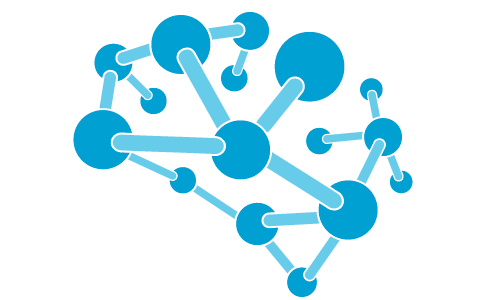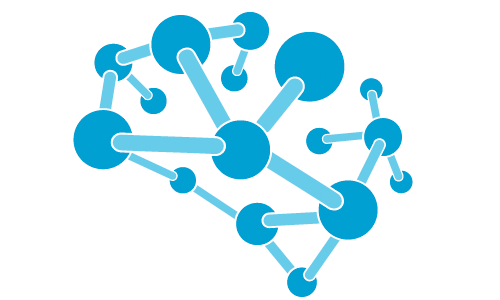Learn, code, innovate
The “Emerging Future Technology Virtual program” is an 10-week intensive program that consists of seminars, technical workshops, one-to-one mentoring and practical training through the development of projects from the industry. It is an experience guided by researchers and innovative experts in their fields of research and development. The program will provide participants with complete knowledge of emerging cutting-edge technologies.
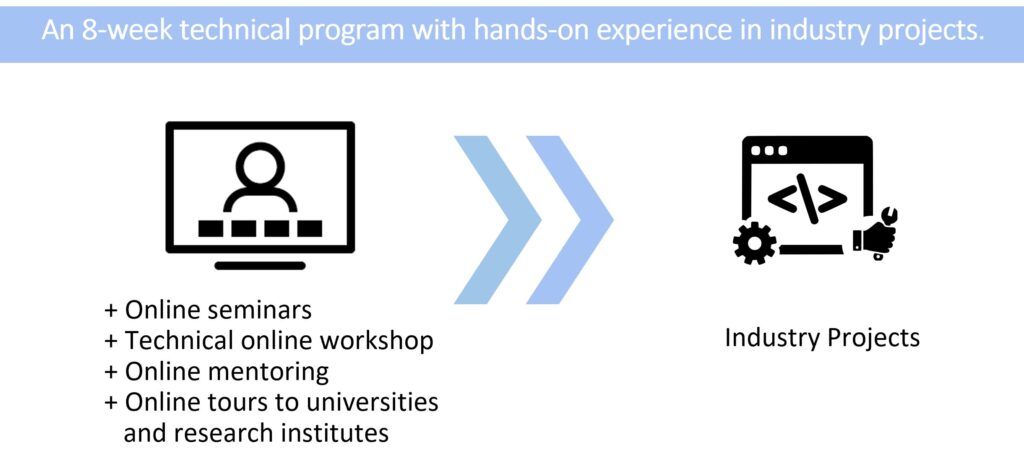
Emerging Technologies
The projects will be provided by partner-companies or research institutes. Participant will analyze a particular challenge, design and propose an innovative solution using the emerging technologies such as Artificial Intelligence, Augmented Reality, Robotics, Computer Vision, IoT, Big Data, Cyber Security, Nano-technologies and Aerospace technologies. The projects will be carried out either individually or by teams, and a mentor will be assigned to guide the participants throughout the program.
The challenges correspond to companies in various industries, such as telecommunications, logistics, finance, mechanical engineering, chemistry, transportation, pharmacy, and food industry, to name a few.
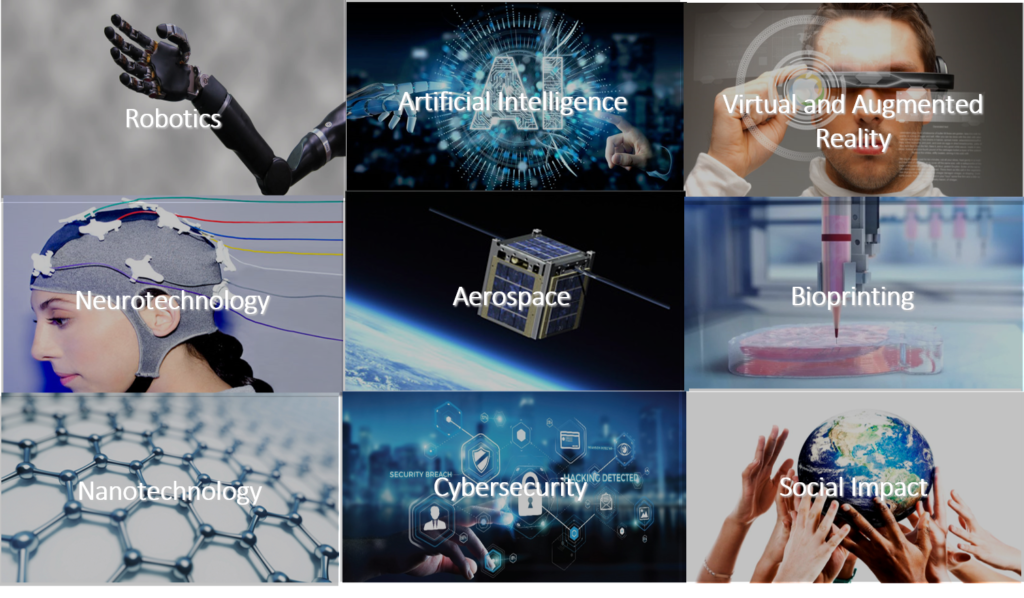
Program Timeline
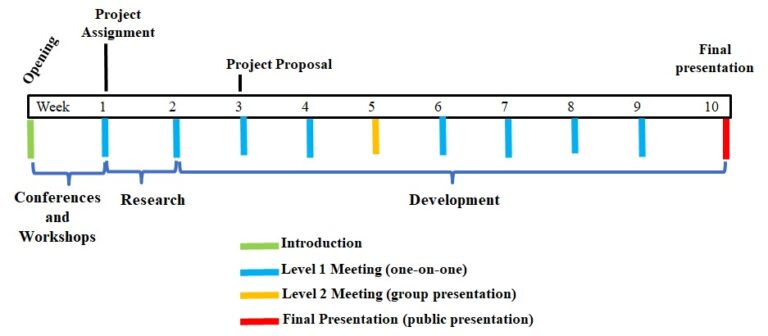
Seminars & Workshops
These are some of the seminars and workshops during Virtual EmFuTech 2020*
- Machine Learning Methods for Robot Learning Applications
- Natural Language Processing – Methods and Learning Techniques
- Hands-on Training on Machine Learning Methods using Tensorflow
- Implementation of AI Algorithms on Android Mobile Platform
- The use of Artificial Intelligence in Digital Systems
- AI & Computer Vision with OpenCV and Python
- Visual human body analysis and speech assessment using Artificial Intelligence
- Robot Kinematics & Applications
- Robot Navigation – Programming with Robot Operating System (ROS)
- Methods on Human-Robot Interaction
- Aerial-Terrestrial-Aquatic (ATA) Robot for ATA Extreme Environment”
- Introduction to Neurotechnology
- Neurotechnology Trends and Applications
- Brain-Machine Interface System Development
- Neuromarketing using Brain Signal Analysis Tools
- Web Development with React and Node.js
- Cloud Computing Services and Applications
- Cloud Computing using Amazon AWS
- Virtual Reality – Hands-On Training with Unity
- Videogame Development with Unity
- Developing Augmented Reality Applications with Unity and HoloLens
- Cybersecurity I – Hacking the internet of things
- Cybersecurity II – Hacking the internet of things
* Seminars and workshops are subject to change for Virtual EmFuTech 2021
Projects
These are some of the projects developed at Virtual EmFuTech 2021
It is foreseen that smart clothes will revolutionize the fashion industry. With the use of smart textiles, clothes will monitor biometric data such as heart rate, breathing rate, and muscle activity, which can be utilized to optimize performance, workout plans, rehabilitation or simply health monitoring. In this study, a graphene-based dry flexible textile electrode for muscle activation monitoring was developed for its usage in a smart e-textile sleeve. Unlike common metal-based gold electrodes for electromyography (EMG) monitoring, the proposed graphene-based textile electrode is flexible, has affinity with different fabrics, and conserves the conductivity properties of conventional metal-based electrodes. A sleeve garment with 3 graphene-based electrodes and one reference electrode was constructed for experimental purposes. The proposed graphene based electrodes were compared with common silver EMG electrodes, showing promising results.
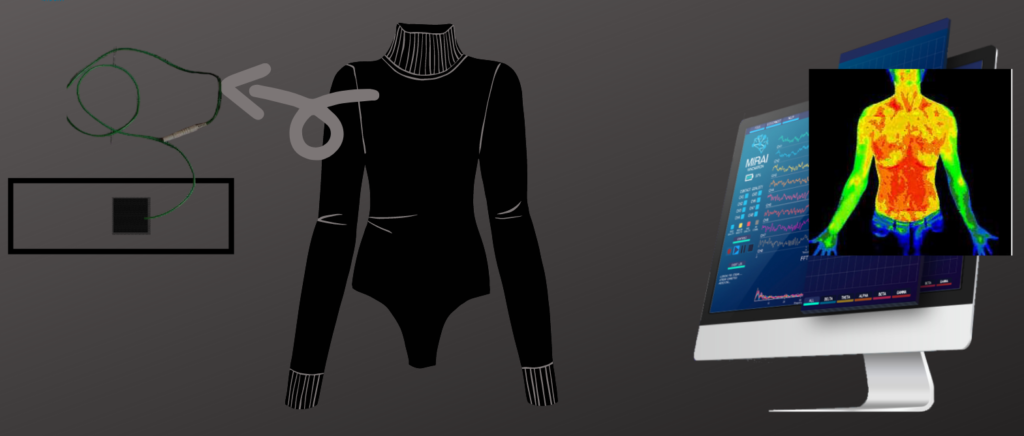
A CANSAT is a can-sized satellite module, whose development is widely used as an educational platform to introduce students into Space Engineering. The transmission of telemetry data is usually the primary mission, hence the development of a ground station is a crucial element to ensure correct data handling. While some emerging technologies have been deployed, commonly for post-processing purposes, these have not been exploited as an in-flight tool. Given that one of the most important aspects of a CANSAT project is to expose its participants to space related engineering concepts, a landing zone detection algorithm using computer vision within the satellite module was also proposed to emulate the Hazard Detection Algorithm used in space missions for a wide variety of deployed interplanetary vehicles.
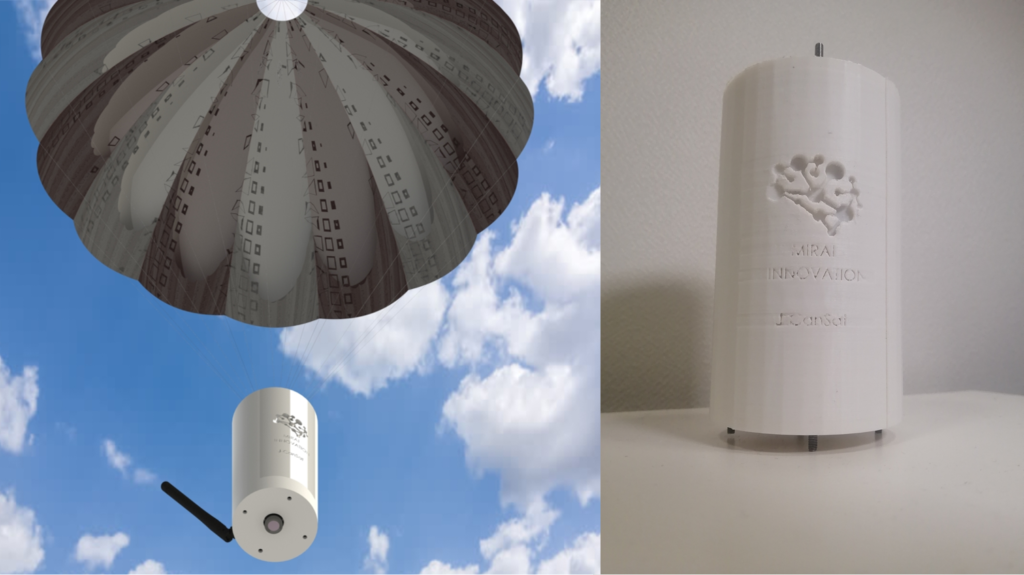
Human falls are one of the main morbidity causes among the population aged 65 and over, which is the fastest-growing sector of the population in developed countries. It is estimated that more than one-third of the population aged 65 and over fall each year in the United States. In this project, a Doppler radar is used to achieve automatic elder fall detection. Real-time analysis of the signal with Stationary Wavelet Transform is used to determine possible falls. Moreover, artificial intelligence algorithms are used to determine the fall with higher accuracy. When a fall is detected, the relevant information is sent to the caregiver for timely assistance. The system developed in this project can be used for prompt detection of falls, which minimizes negative consequences of falls by enabling immediate assistance by the caregiver.
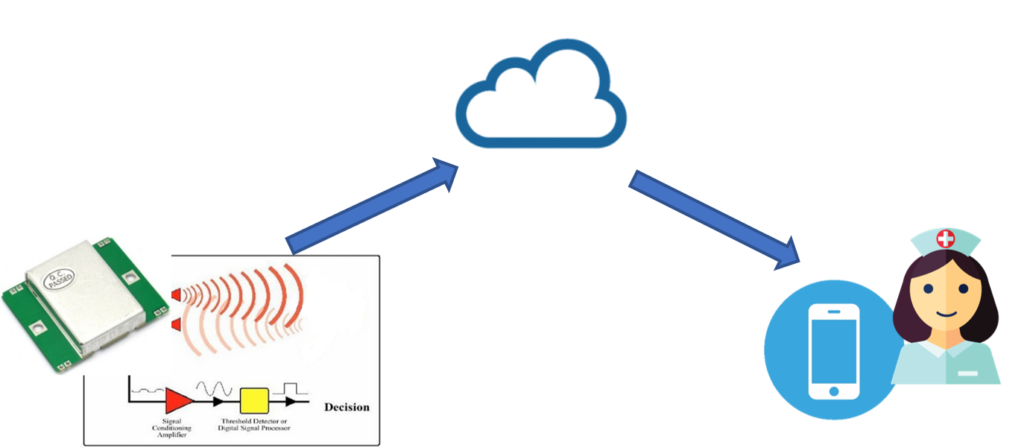
Recently, telemedicine has become remarkably important due to increased mandatory restrictions of social distancing as a result of the pandemic. Although some medical doctors have adapted to using telemedicine interfaces such as video conferencing services, there are still several limitations given that it is not possible to perform body examinations in the same manner as in face-to-face medical visits. This issue is particularly limiting for plastic and cosmetic surgeons who need to make trace marks with a special pen in the body or face regions that need to be treated. In this project, we present a solution for aesthetic telemedicine in which a patient is asked to provide 2D images of the face through a web interface and our system computes a 3D face reconstruction that is then used by the aesthetic doctor to make the trace marks. We proposed a novel algorithm that uses a UV position map, along with a Convolutional Neural Network (CNN) to generate an object representation from what is called a Multi Morphable Model (MMM). Experimental results show that the proposed algorithm provides a successful face reconstruction with affine 3D properties.
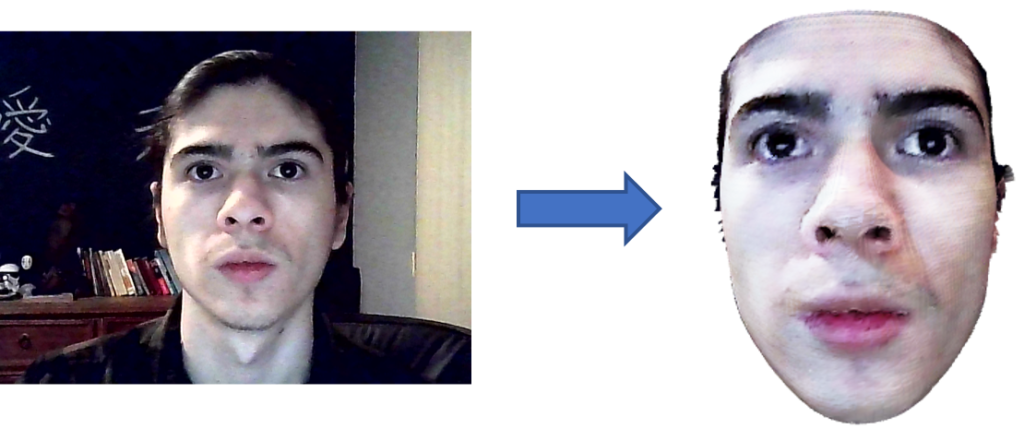
Limb rehabilitation therapies are helpful to regain some of the patient’s lost functionality. However, in practice, patients may suffer from a gradual loss of motivation or simply do not mentally engage in the rehabilitation exercises. Gamified systems have been proposed to increase user motivation, hence, gamified elements have been implemented into rehabilitation therapies in order to improve patient’s engagement and adherence. However, until now, gamification-based rehabilitation therapies do not measure a patient’s cognitive engagement to optimize the therapy. In this project, we developed a
gamification platform for enhancing rehabilitation by considering brain-based cognitive engagement. Our system uses the muscle activation electromyogram (EMG) signals of the upper limb to trigger actions of an entertaining game while measuring brain-based electroencephalogram (EEG) signals in real-time to calculate the cognitive engagement that can be used to optimize the rehabilitation feedback.
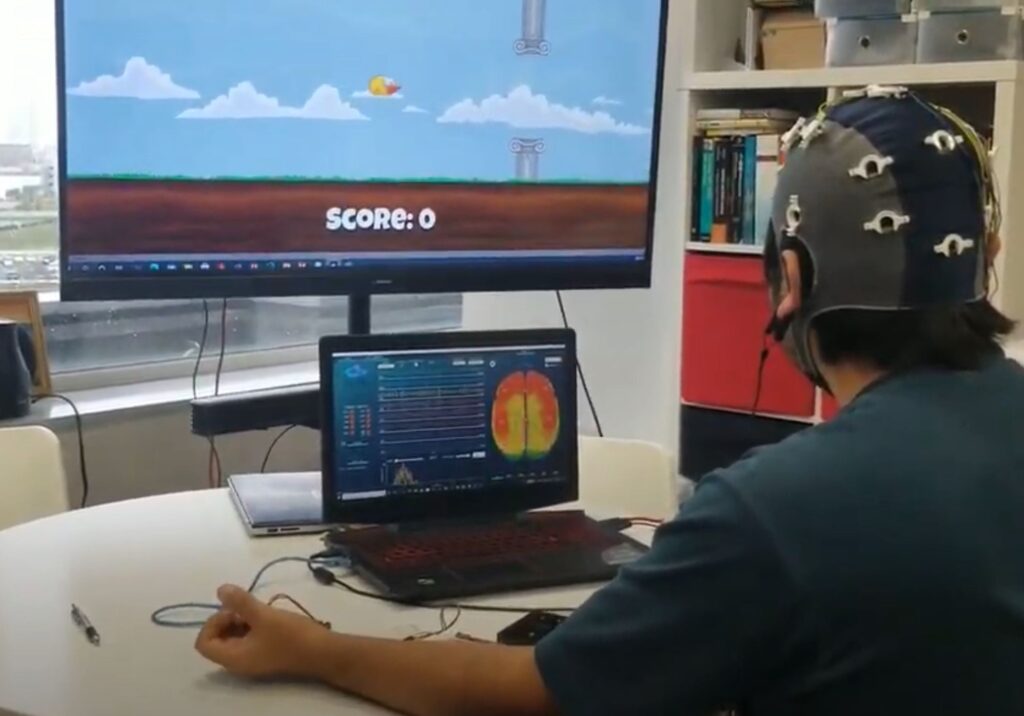
Transferring motor skills from one human to another may be possible thanks to advances in neurotechnology. At Mirai Innovation Research Institute we researched the possibility of transferring skills of activities that involve muscle activation such as playing an instrument or a sport. In order to do so, we have developed a system that is able to monitor and decode electromyogram (EMG) signals from the muscles of a human teacher and translates them into electrical stimulation signals that are transmitted directly to the corresponding muscles of a human student. Although an initial prototype that demonstrates the feasibility of transmitting muscle activity from one human to another has been previously suggested, in this research, we propose a more sophisticated EMG monitoring device with multiple electrodes that can measure the activity of different muscles at different distances in real-time.
Cognitive overload has been associated with workplace environment errors. When the task is very complex or when workers receive too many pieces of information at once, they may become overloaded and inadvertently make mistakes. These mistakes not only represent a reduction in work performance but also, in risky environments such as nuclear plants or emergency rooms, these mistakes can be critical or lethal. In order to train workers in hazardous environments, previous works have presented simulators where workers are exposed to realistic training scenarios. However, these do not consider monitoring brain-based cognitive overload to provide feedback to the worker. In this project, we present a mixed reality-based training platform that provides a realistic environment of an operating room for medical students to become familiarized with the environment and task, thus learning to manage their cognitive overload during critical situations.
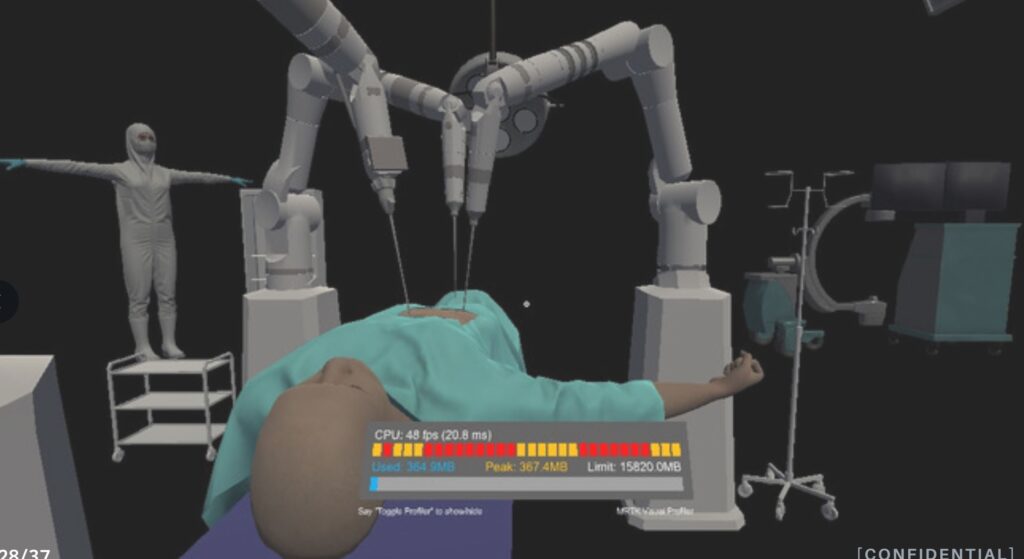
Program Dynamic

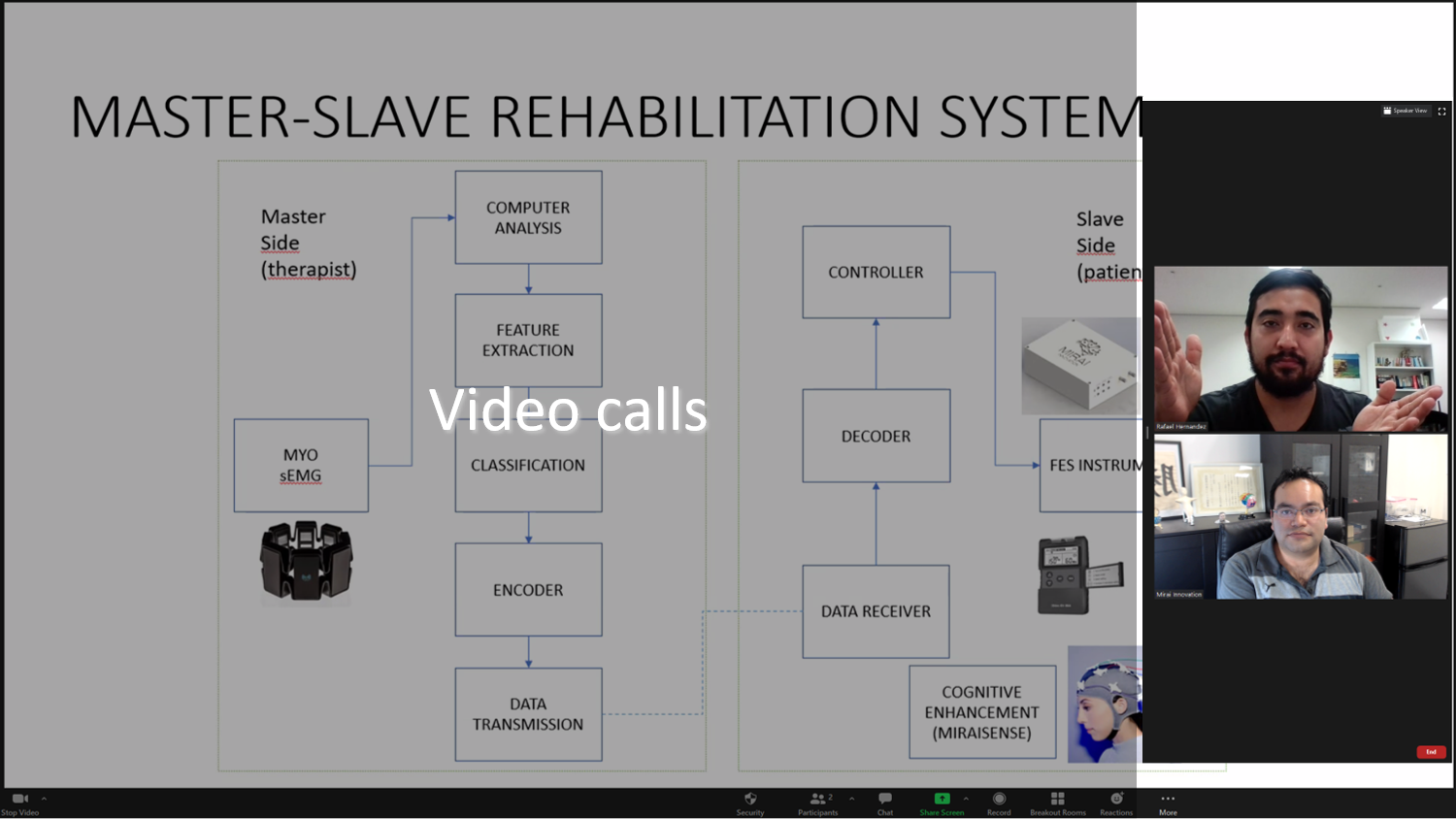
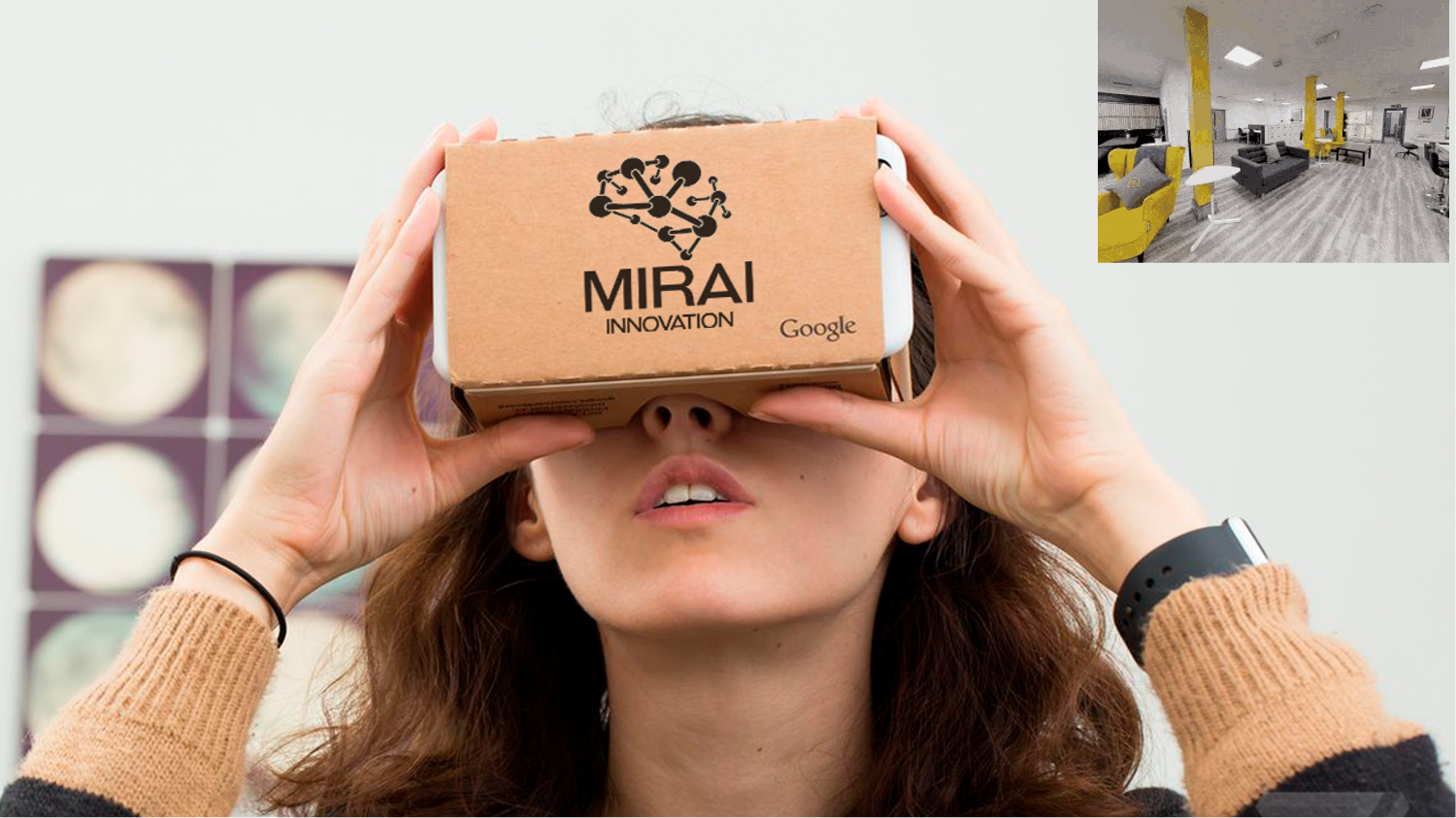
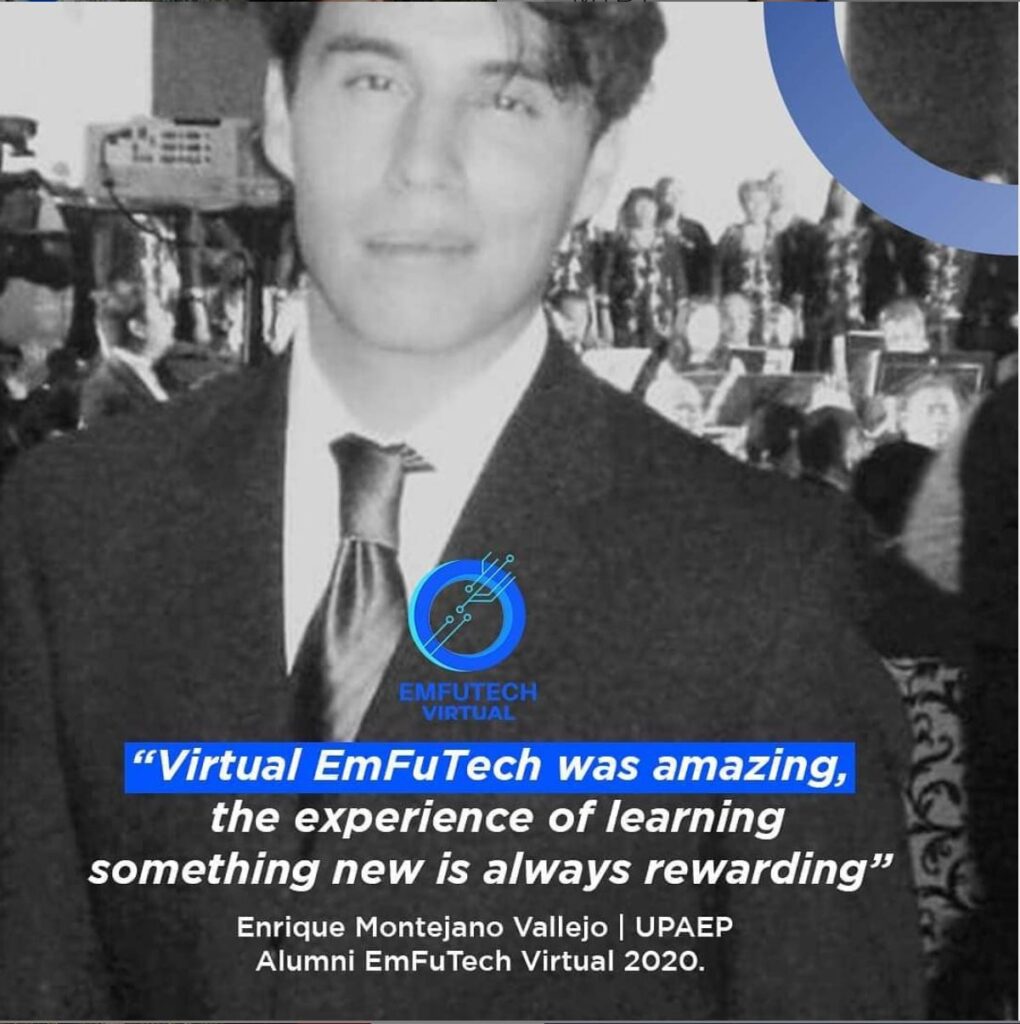
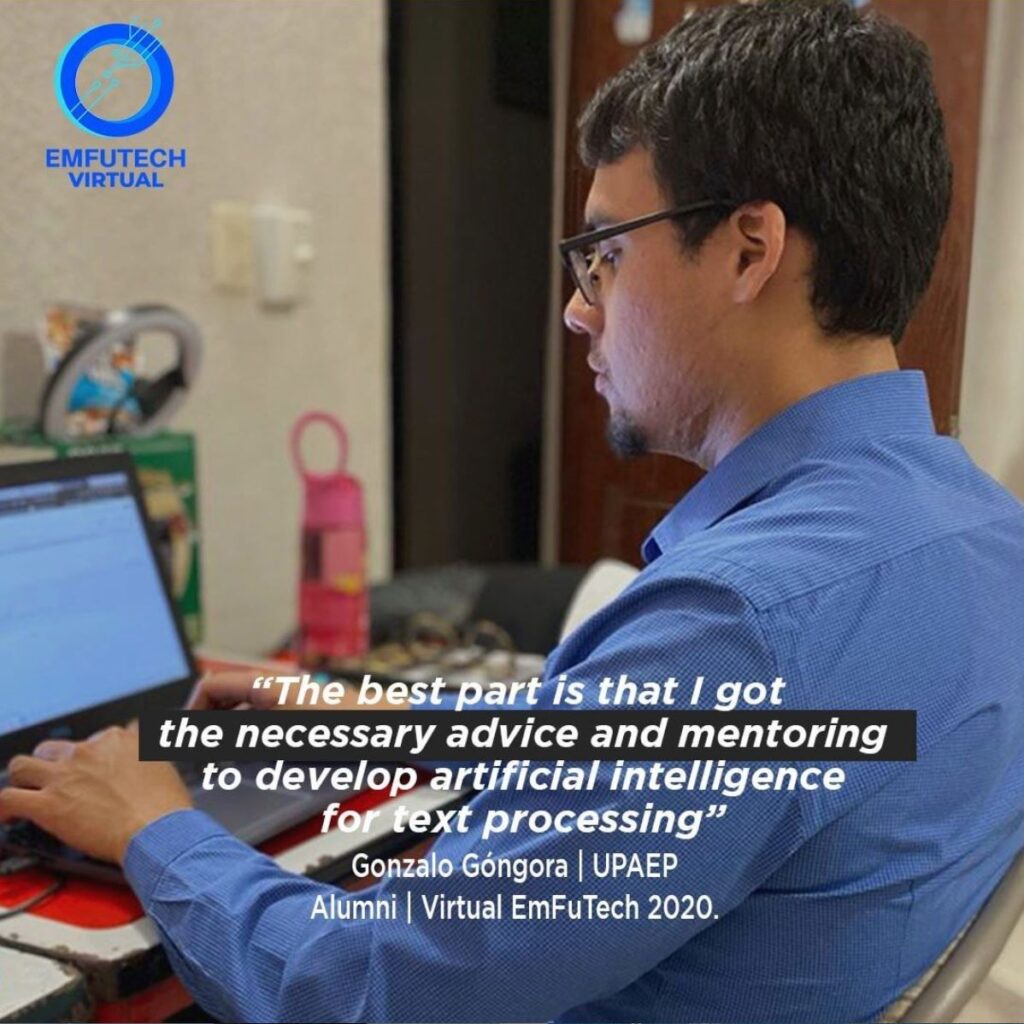
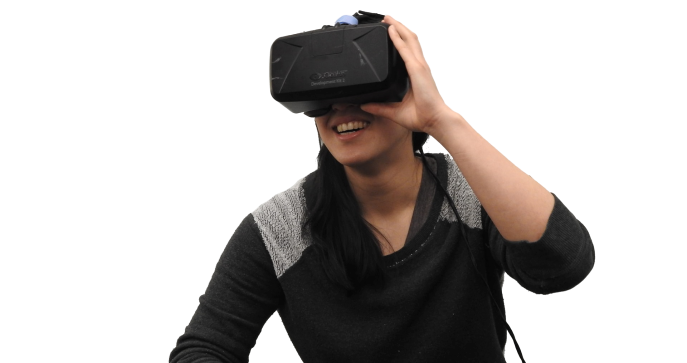
We are looking for innovators
Who can apply?
We are looking for innovative people with a strong interest in technology and highly motivated to improve their knowledge in various topics related to emerging technologies. Given that the program will challenge the participants’ abilities, there are some requirements that will allow them to overcome the challenges that they will encounter during the course:
- Age over 18 years old.
- Conversational English level (No certificate is required, English proficiency will be assessed during the interview).
- Previous experience using any of the following programming languages such as C, C ++, C #, Java, Python or web programming.
- Experience working on other technology projects (hackathons, competitions, research projects, projects technology management, among others).
- Availability of at least 25 hours a week to work on the project and attend virtual mentoring meetings.
- Have your own personal computer, webcam and internet access.
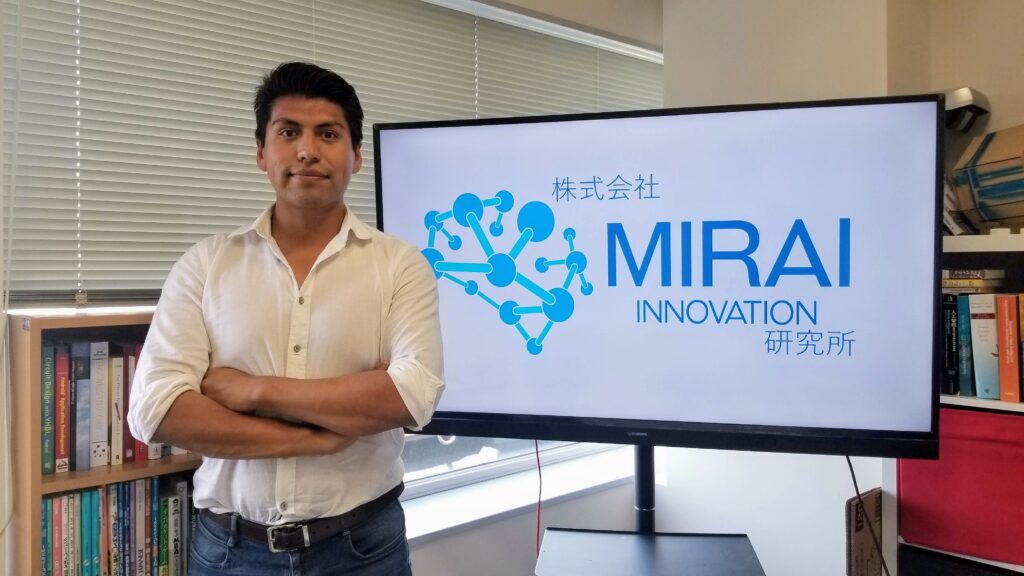
Steps to enroll
01
Application
- Fill the application form
- First interview
- Second interview
02
Selection Process
- Evaluation
- Delivery of results
- Enrollment payment
03
Payment
- Full tuition fee payment
04
Opening
- Welcome opening
- Mentor’s introduction and project assignment
05
Project Development
- Monthly meetings
- Weekly meetings
06
Closing Program
- Final presentation
- Final evaluation
- Closing program
- Sending of certificate*
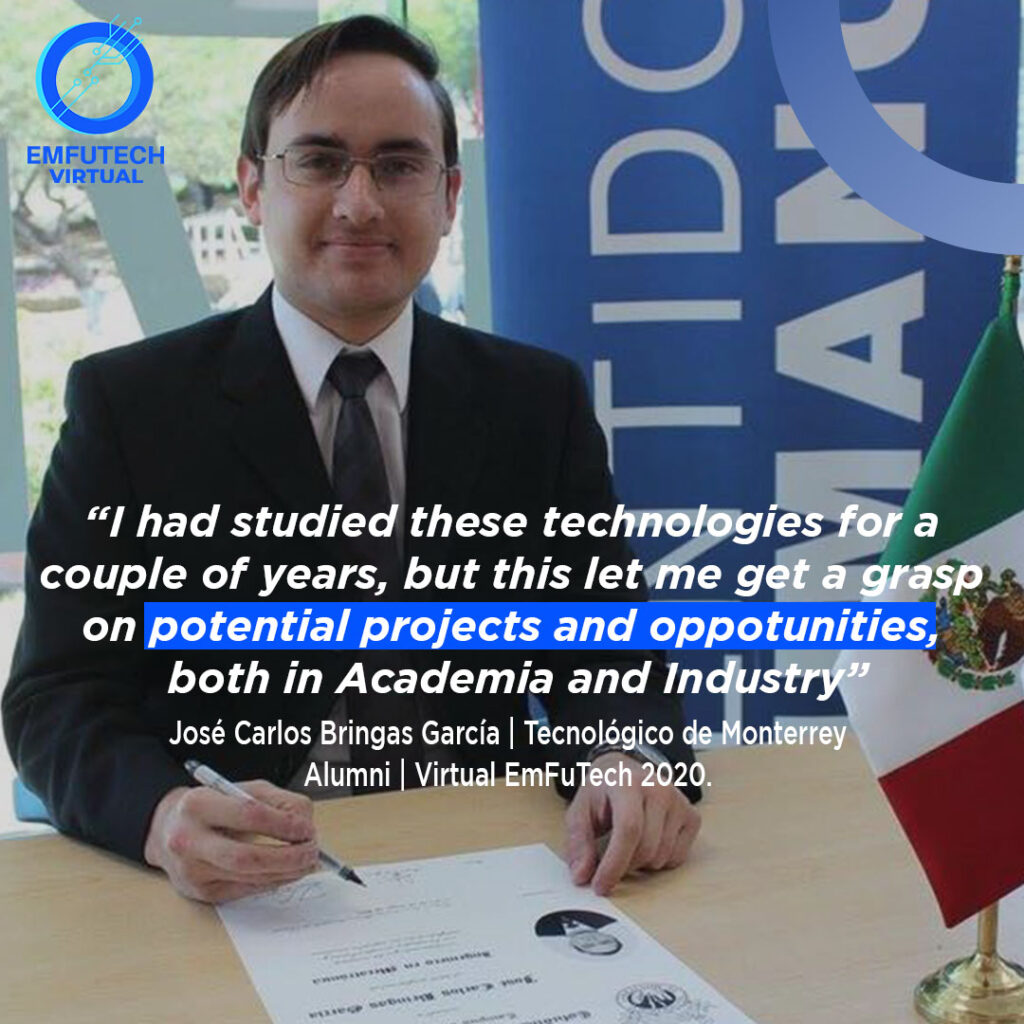
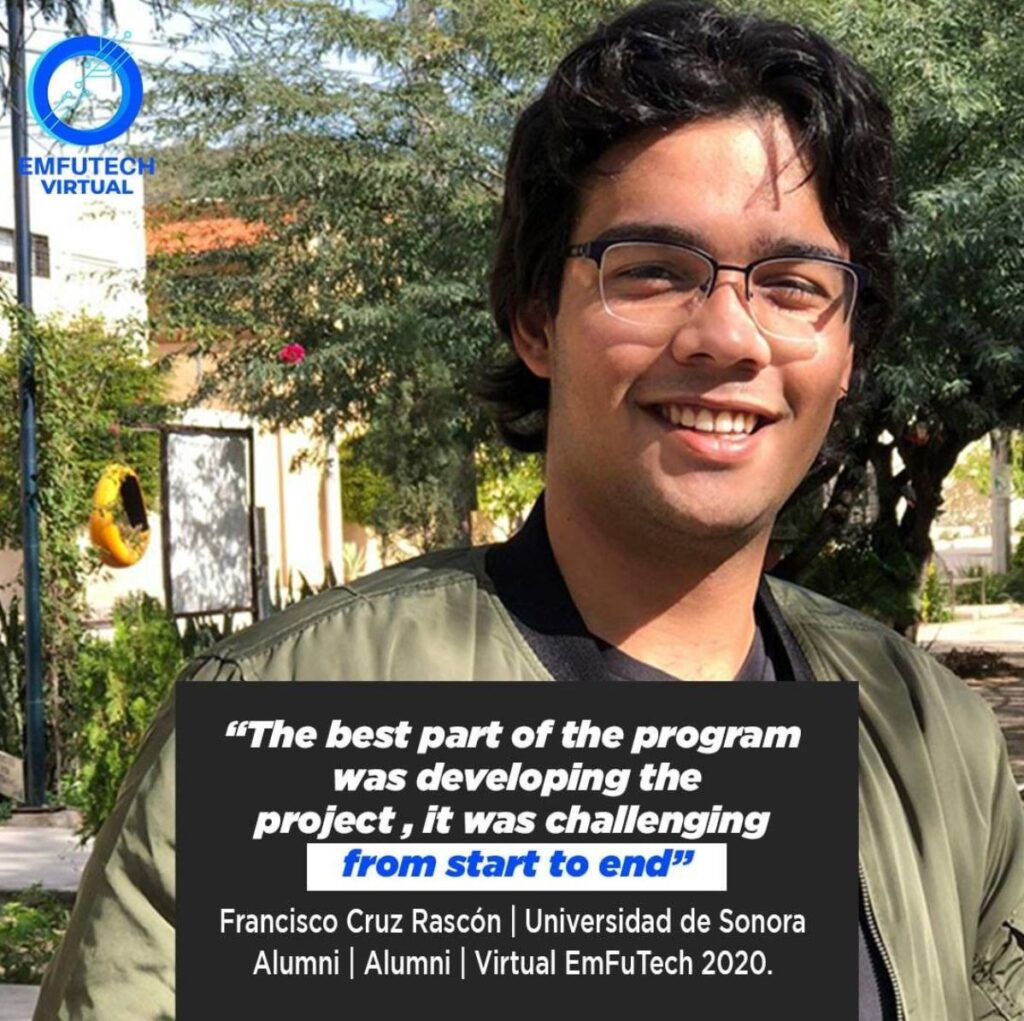
Online Community
More than just a program, Virtual EmFuTech is an online community of innovators
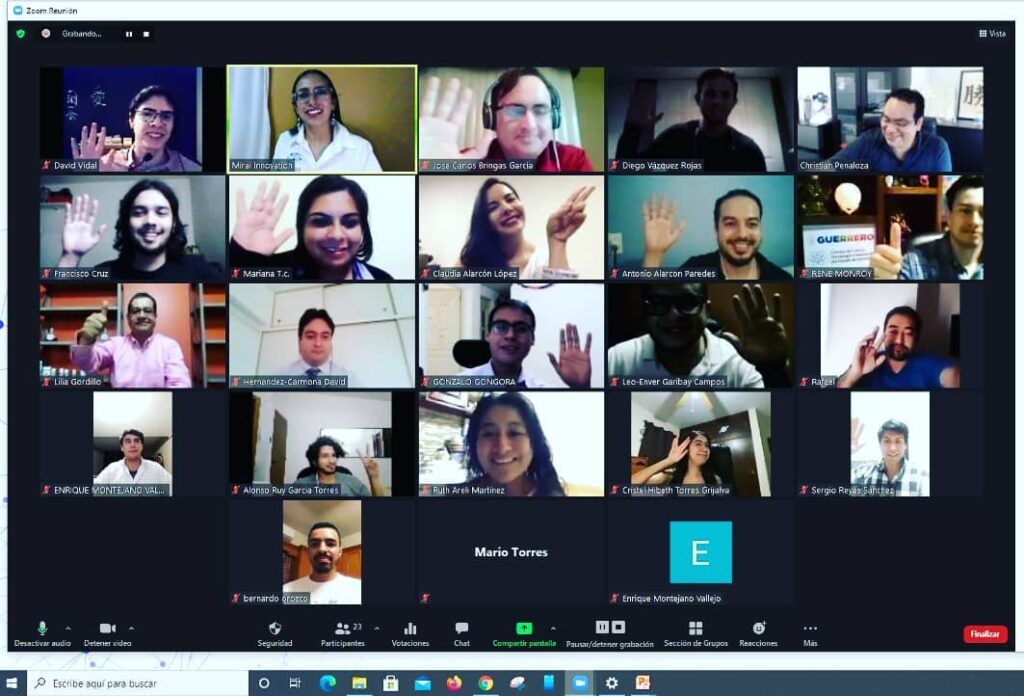
Our Students' Voices
Program Fee
Total Program Fee*: $2,900USD
*tax not included
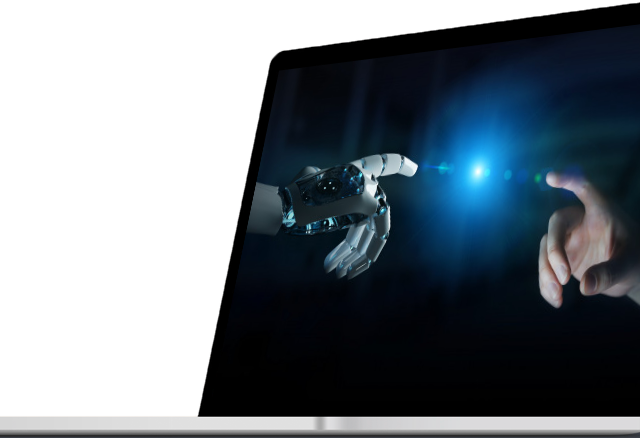

Scholarships
Students who are accepted to the program will have the opportunity to apply to scholarships and financial aid options.
Awards


